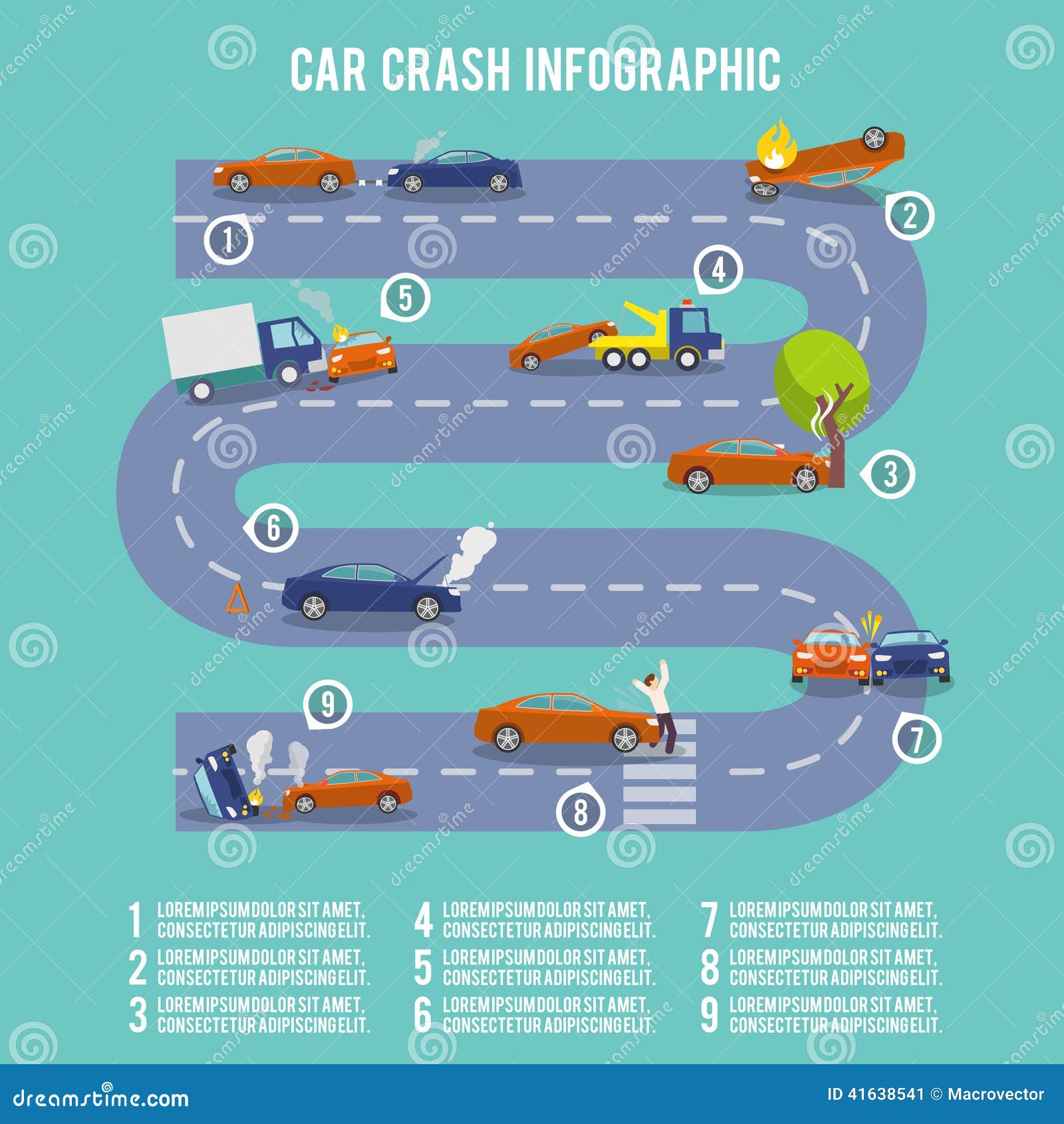Understanding The Definition Behind Your Automobile'S Warning Lights: An Extensive Look
Understanding The Definition Behind Your Automobile'S Warning Lights: An Extensive Look
Blog Article
Posted By-Faulkner Torres
When you lag the wheel, those beautiful caution lights on your dashboard can be a little bit perplexing. Do you know what they're trying to tell you concerning your auto's health? Recognizing carwashnearme of these lights is vital for your safety and the longevity of your automobile. So, click for info following time one of those lights appears, would not you want to understand its message precisely and take the needed actions to resolve it?
Common Caution Lighting and Interpretations
Determine usual caution lights in your car and comprehend their definitions to guarantee safe driving.
One of the most common warning lights include the check engine light, which signifies issues with the engine or exhausts system. If this light comes on, it's essential to have your automobile examined immediately.
The oil stress cautioning light indicates reduced oil stress, needing instant focus to prevent engine damage.
A flashing battery light may suggest a damaged billing system, possibly leaving you stranded if not addressed.
https://car-brakes62839.bloggerchest.com/30113714/typical-myths-surrounding-automobile-repair-service-clarified tracking system (TPMS) light signals you to reduced tire stress, impacting car stability and fuel performance. Ignoring this could lead to unsafe driving conditions.
The abdominal light suggests a trouble with the anti-lock stopping system, endangering your ability to stop quickly in emergency situations.
Finally, the coolant temperature level warning light warns of engine getting too hot, which can lead to serious damage if not fixed swiftly.
Comprehending these common caution lights will aid you address concerns promptly and preserve secure driving problems.
Significance of Prompt Interest
Recognizing the common warning lights in your automobile is only the primary step; the significance of immediately resolving these cautions can't be emphasized enough to ensure your safety when driving.
When a warning light illuminates on your dashboard, it's your cars and truck's method of interacting a possible concern that needs focus. Neglecting these warnings can cause a lot more severe problems in the future, jeopardizing your safety and security and potentially costing you much more out of commission.
Trigger interest to cautioning lights can prevent break downs and accidents. For example, a blinking check engine light can indicate a misfire that, if left unattended, can create damage to the catalytic converter. Addressing this immediately can conserve you from an expensive repair work.
Similarly, a brake system alerting light could signal reduced brake fluid or used brake pads, important components for your security when driving.
Do It Yourself Troubleshooting Tips
If you notice a caution light on your control panel, there are a few do it yourself repairing pointers you can try before seeking specialist help.
The first step is to consult your automobile's guidebook to comprehend what the detail s warning light suggests. Occasionally the problem can be as basic as a loosened gas cap causing the check engine light. Tightening the gas cap might solve the issue.
An additional typical concern is a low battery, which can trigger numerous cautioning lights. Checking the battery links for deterioration and ensuring they're safe and secure could fix the problem.
If a caution light persists, you can attempt resetting it by detaching the cars and truck's battery for a couple of minutes and afterwards reconnecting it. Additionally, examining your vehicle's liquid levels, such as oil, coolant, and brake liquid, can help repair cautioning lights related to these systems.
Verdict
Finally, comprehending your vehicle's caution lights is important for maintaining your car running smoothly and safely. By quickly dealing with these alerts and knowing what they suggest, you can avoid expensive fixings and possible break downs.
Keep in mind to consult your auto's manual for particular information on each alerting light and do something about it as necessary to make sure a trouble-free driving experience.
Remain educated, remain secure when traveling!
